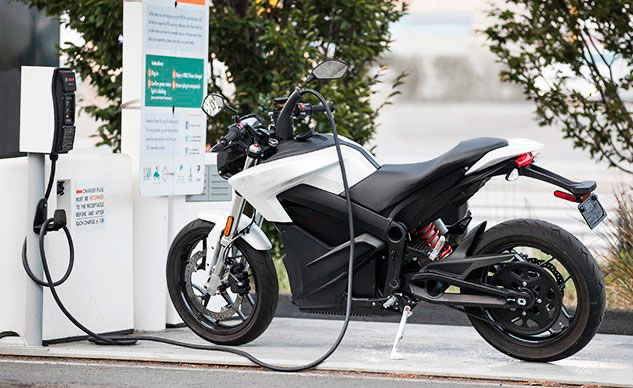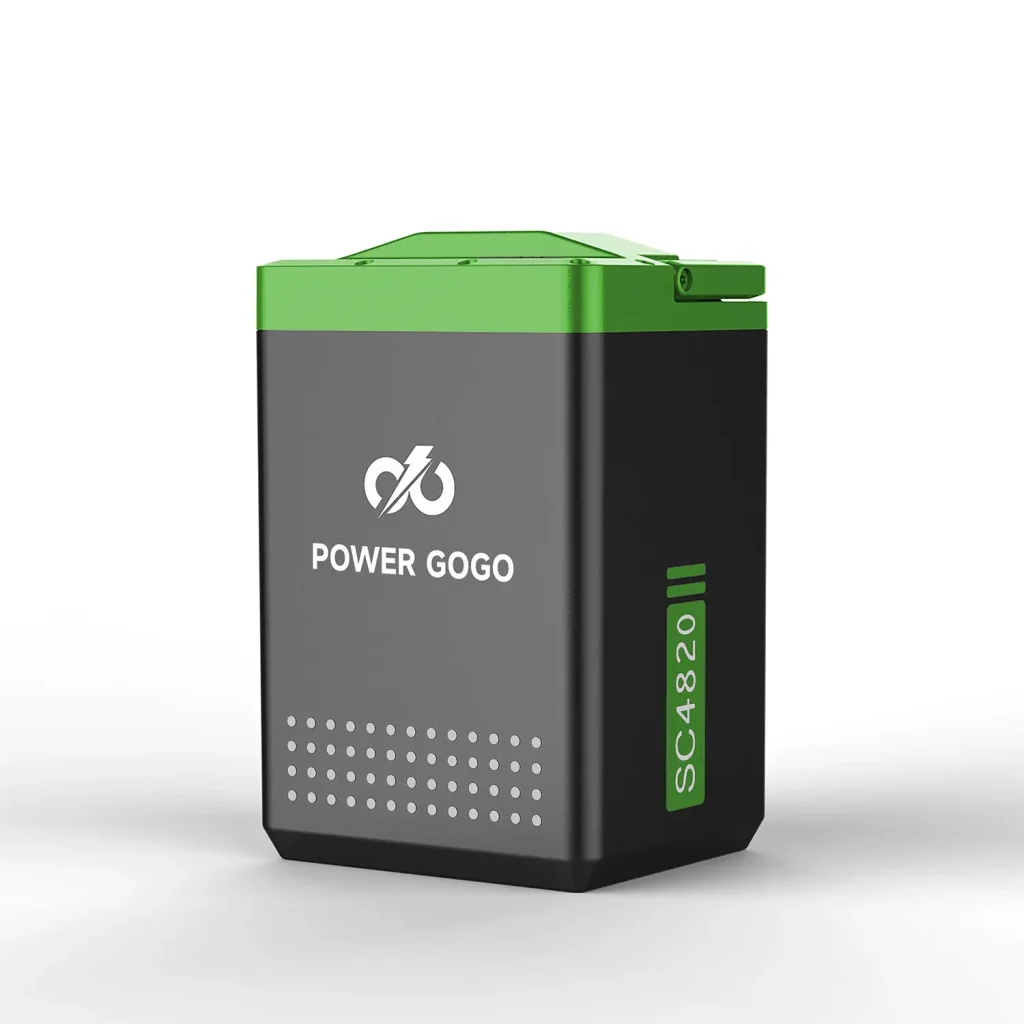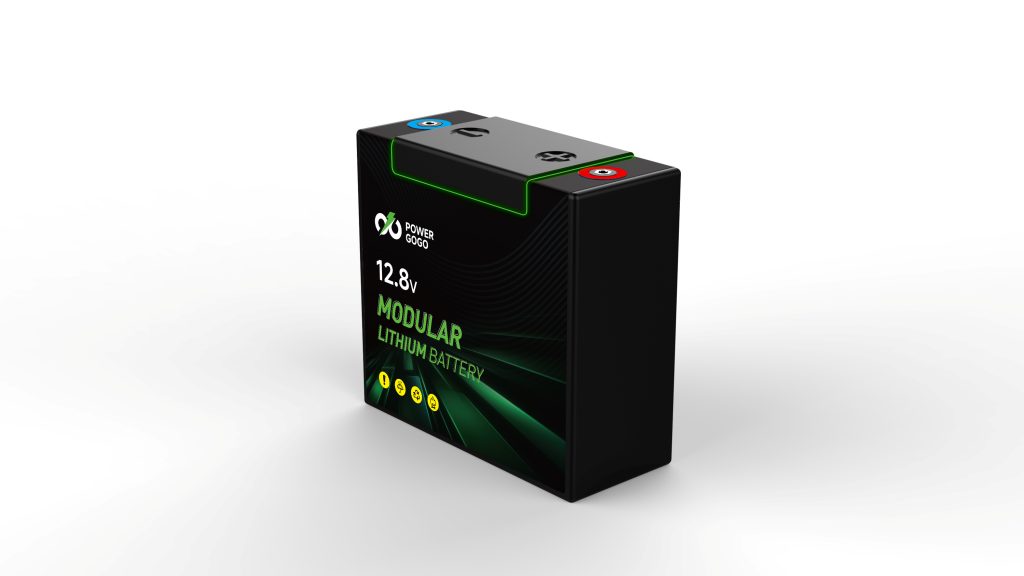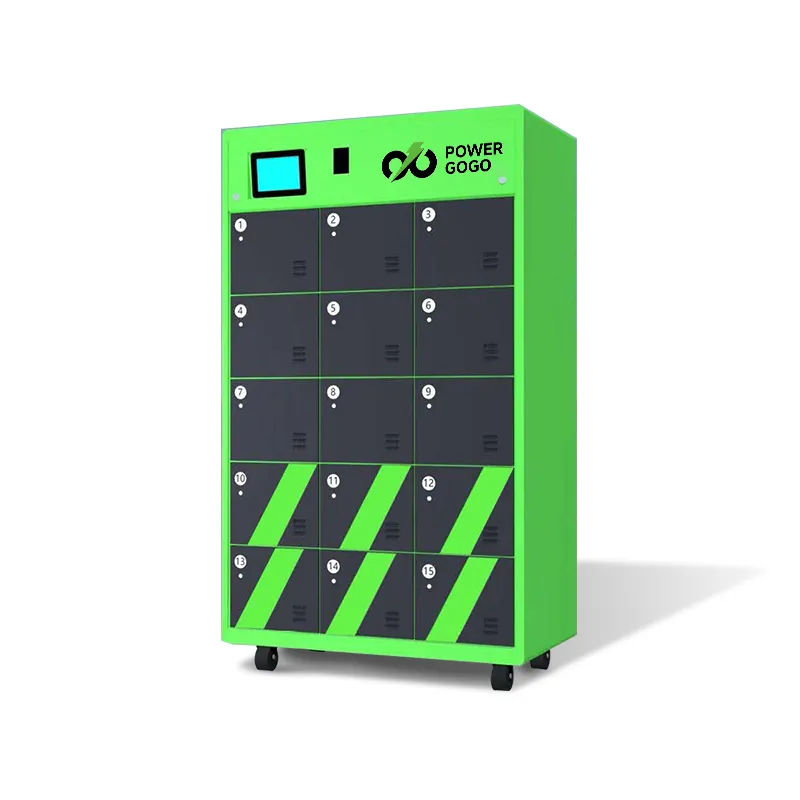

The global shift toward electric two-wheelers (e-2Ws) is undeniable, driven by environmental mandates and urban congestion. However, five critical challenges persist, hindering mass adoption. PowerGoGo, a leader in swappable battery technology, tackles these barriers with innovative, data-backed solutions. Here’s how we’re reshaping the e-mobility landscape.
The Challenge: Traditional charging requires hours of downtime, incompatible with the fast-paced lifestyles of delivery riders and commuters. In developing cities, sparse charging stations force riders to wait in long queues or rely on unsafe home charging, increasing fire risks.
Data Insight: A 2023 survey by McKinsey found that 65% of e-2W owners in Southeast Asia cite “lack of charging access” as their top frustration.
Swappable Batteries: Replace depleted batteries in 60 secondsat strategically located stations, eliminating charging waits. Our network of swapping cabinets (5–15 slots) supports 24/7 operations, with each slot delivering 600W of charging power.
Strategic Placement: Partner with local businesses (e.g., convenience stores, logistics hubs) to deploy stations in high-traffic zones. In India, for example, our stations reduced rider downtime by 78%compared to traditional charging.
The Challenge: Low-quality batteries degrade quickly, losing capacity after 500–800 cycles and forcing frequent replacements. This inflates costs for riders and contributes to e-waste.
• Data Insight: Traditional lead-acid batteries used in 70% of e-2Ws today have a lifespan of just 1–2 years, while generic lithium-ion batteries average 1,500 cycles (3–4 years).
• Long-Life Cells: Our batteries use lithium iron phosphate (LFP) chemistry, delivering 3,000+ cycles at 80% depth of discharge (DOD), translating to 7–8 years of use—3x longer than industry standards.
• Intelligent BMS: Ourself-innovate Battery Management System (BMS) monitors 200+ real-time parameters (e.g., voltage, temperature) to prevent overcharging and thermal runaway. In testing, this extended battery lifespan by 22% compared to non-BMS systems.

The Challenge: Poorly regulated batteries often lack safety certifications, leading to fires and explosions. In 2022, China reported over 2,000 e-bike fires, 60% caused by faulty batteries.
• Data Insight: Only 40% of e-2W batteries in emerging markets meet international safety standards (UN38.3, IEC62133).
• Certified Design: All batteries undergo 150+ safety tests, including crush, impact, and overcharge simulations. Our IP67-rated casings protect against water immersion and dust, while fire-extinguishing materials in swapping cabinets reduce fire risks by 95%.
• Real-Time Monitoring: The BMS triggers automatic shut-offs if anomalies are detected, such as voltage fluctuations or overheating. In a 2023 pilot with 5,000 riders, our system prevented 127 potential safety incidents.
The Challenge:E-2Ws with fixed batteries often cost 30–50% more than petrol counterparts, while frequent battery replacements add long-term expenses.
• Data Insight: The total cost of ownership (TCO) for a traditional e-2W over 5 years is $1,800–$2,200, vs. $1,200–$1,500 for a petrol scooter.
• Battery-as-a-Service (BaaS): Riders pay a monthly fee for unlimited swaps ($15–$30/month), eliminating upfront battery costs. This reduces TCO by 35% compared to owned batteries.
• Fleet Discounts: For B2B clients (e.g., delivery fleets), bulk swapping subscriptions and shared station infrastructure cut costs by an additional 20%.

The Challenge:One-size-fits-all batteries fail to address regional needs. For example, hilly terrains require higher torque, while hot climates demand heat-resistant batteries.
• Data Insight:85% of e-2W manufacturers offer standardized batteries, leaving 60% of riders with suboptimal performance.
• Adaptive Design:Our batteries support 48V–72V voltages and 100Ah–200Ah capacities, compatible with 90% of e-2W models (scooters, e-rickshaws, cargo bikes). In Indonesia, we customized 72V batteries for hilly regions, boosting climbing ability by 30%.
• Global Partnerships:We collaborate with local manufacturers to integrate swappable batteries into new vehicles, ensuring seamless compatibility. In India, this approach increased market adoption by 45% in 2023.
By addressing infrastructure, lifespan, safety, cost, and scalability, PowerGoGo has enabled over 100,000 riders globally to switch to e-2Ws with confidence. Our solutions aren’t just theoretical—they’re proven by real-world results:
• 98% Rider Satisfaction: In a 2024 survey, users praised swap speed and reliability.
• 50% Carbon Reduction: Compared to petrol two-wheelers, our ecosystem saves 3 metric tons of CO2 per vehicle annually.
By addressing infrastructure, lifespan, safety, cost, and scalability, PowerGoGo has enabled over 100,000 riders globally to switch to e-2Ws with confidence. Our solutions aren’t just theoretical—they’re proven by real-world results:
• 98% Rider Satisfaction: In a 2024 survey, users praised swap speed and reliability.
• 50% Carbon Reduction: Compared to petrol two-wheelers, our ecosystem saves 3 metric tons of CO2 per vehicle annually.

As the e-mobility sector evolves, PowerGoGo remains committed to solving tomorrow’s challenges today. Whether you’re a rider, fleet manager, or entrepreneur, our technology empowers you to embrace electric mobility without compromise.

Specification No. Item Parameters R...

Specification No. Item Parameter ...

Product Appearance Specification Na...